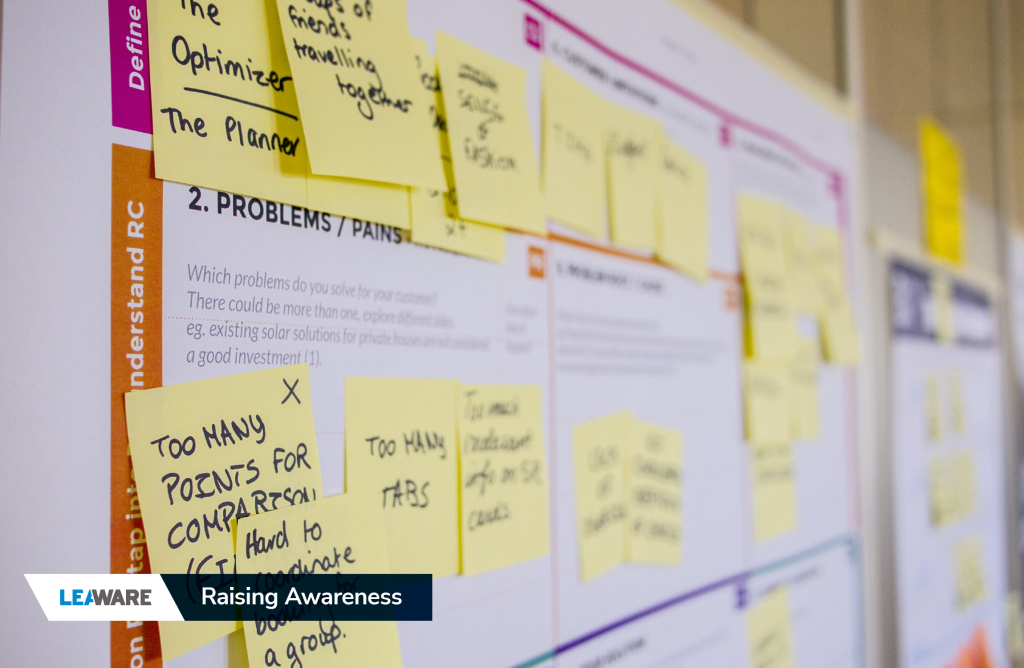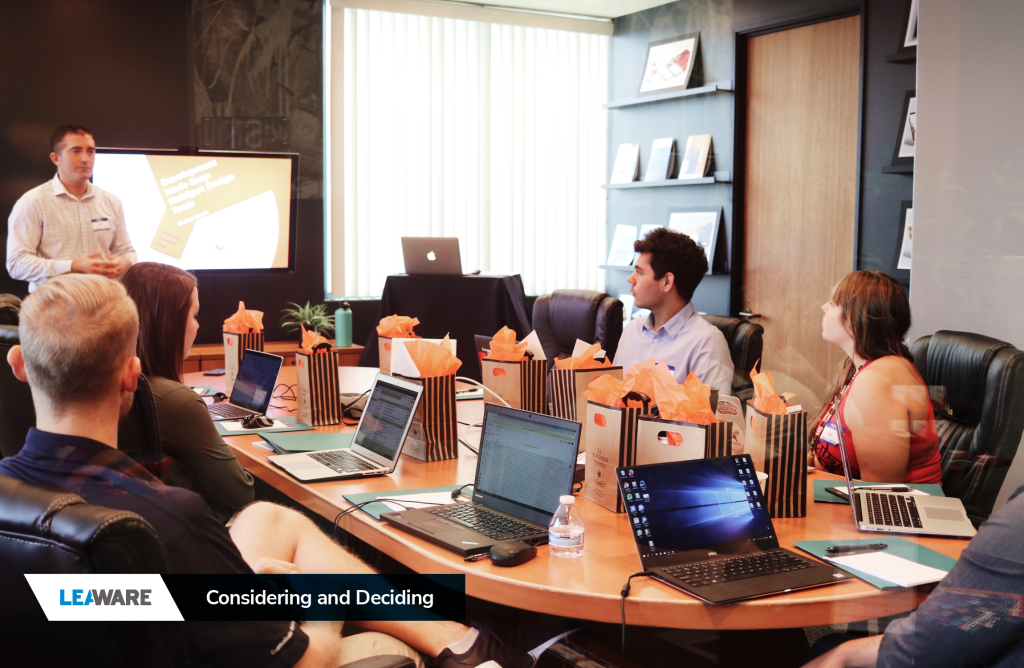The journey from a budding idea to a fully operational product or service can be long, winding, and riddled with uncertainties. The million-dollar question always looms overhead: “Will my idea resonate with my target audience?”. The dawn of early adopters in the business ecosystem shines as a beacon of hope, guiding you toward market validation. This post will outline a five-step guide to effectively engage and validate your idea with early adopters.
Raising Awareness
Step 1: Identifying Your Early Adopters.
Early adopters are individuals open to innovation and risk-taking. They’re enticed by the potential benefits of a new product or service, despite possible teething issues. The initial step in your journey is to pinpoint these pioneers. Consider your product’s unique selling proposition and ask yourself: who would benefit the most from it? To connect with these potential users, survey your existing network, engage with online forums, social media groups, and attend industry events.
For Example: Let’s say that you’re launching a novel fitness app that uses advanced AI to create personalized workout and nutrition plans for users based on their specific goals, current health status, and lifestyle. This app has the unique selling proposition of being highly individualized and dynamic, adapting to the user’s progress and changing needs over time.
Identifying early adopters for this product would begin by determining who would benefit most from these features. In this case, it could be fitness enthusiasts who are tech-savvy and keen on personal development, who appreciate the importance of customizing workouts and nutrition to their individual needs, and who are always eager to try out the latest trends in fitness technology.
To find these potential early adopters, you could start by surveying your existing network – perhaps you have colleagues, friends, or family members who fit this profile. Joining relevant online forums and social media groups could also be beneficial – there are numerous fitness and tech-oriented communities online where you might find interested users.
Furthermore, attending industry events such as fitness expos or tech startup showcases could provide opportunities to network with potential early adopters. You might set up a booth to demo your app, or simply mingle with attendees, talking about your product, its unique features, and gauging interest.
By conducting these activities, you’re able to identify individuals who are likely to be receptive to your innovative product and interested in participating as early adopters.
Step 2: Engaging Early Adopters
After identification, it’s time to connect. Be transparent about your product, its development stage, and its potential value. Early adopters appreciate being a part of the development process, so creating regular interaction channels is key. Whether through social media, email newsletters, or face-to-face meetups, cultivate a community where they feel valued and involved.
For Example: Continuing with our previous example of the AI-based fitness app, after identifying your potential early adopters, your next step would be to engage with them in a meaningful way.
First, you might host a virtual meet-and-greet or webinar where you explain your product, its current stage of development, and its potential value. For instance, you could share your vision of how this app could revolutionize personal fitness, making it more accessible, personalized, and effective. You could also be transparent about any challenges you’re facing in the development process, which not only humanizes your brand but also invites early adopters to contribute to overcoming these obstacles.
You could then establish regular interaction channels to keep these early adopters updated and involved. For instance, you might create a dedicated social media group or forum where they can interact with each other and with your team. Here, you can share updates, celebrate milestones, discuss challenges, and generally foster a sense of community.
In addition, an email newsletter can be an effective channel for sharing more in-depth updates and insights. You could also consider hosting regular Q&A sessions or feedback rounds, either virtually or face-to-face, to create a more personal and direct channel for interaction.
The goal of all these activities is to make your early adopters feel valued and involved in the development process, not just as passive consumers but as active contributors. This could be as simple as asking for their opinions on potential features, inviting them to beta-test new updates, or thanking them for their insights and enthusiasm. By engaging your early adopters in this way, you create a supportive community around your product, ready to help you navigate the path from idea to innovation.
Considering and Deciding
Step 3: Seeking Feedback.
As collaborators in your journey, it’s essential to seek your early adopters’ feedback. Use tools like surveys, focus groups, or interviews to uncover their experiences, likes, dislikes, and suggestions. Explore their pain points and satisfaction triggers to gain an in-depth understanding of their interaction with your product.
Step 4: Iterating Based on Feedback.
Feedback is gold, but it’s only as valuable as what you do with it. Identify patterns in the feedback received and use this information to refine your product. Remember, the aim isn’t to please everyone but to create a solution that effectively addresses your target audience’s problem.
Taking Action
Step 5: Maintain Communication.
Once you’ve made changes based on feedback, keep your early adopters in the loop. Share updates and express appreciation for their contributions. Make them feel valued and involved, as this fosters a stronger relationship.
Remember, validation is not a one-time process; it’s a cycle that should continue throughout your product’s early stages. This ensures you build and improve in sync with your users’ needs and expectations.
Going in the right direction
The power of early adopters cannot be overstated in today’s dynamic and competitive business environment. With their open minds and willingness to step into the unfamiliar, early adopters bring invaluable insights that can shape your product or service from a concept to a market-ready offering. They provide real-time feedback, enabling you to respond quickly to market dynamics and customer needs, fostering a culture of innovation and continuous improvement. This feedback serves as an essential tool for identifying both strengths to build on and weaknesses to address, ultimately enhancing your product or service.
Moreover, early adopters can serve as dedicated advocates for your brand, helping to spread the word about your product or service. They often take pride in being at the forefront of innovation and are typically eager to share their experiences with others. Their influence can help extend your reach, improve your brand reputation, and foster trust among potential customers.
Building a strong, collaborative relationship with your early adopters can be a game-changer. This relationship encourages a cycle of feedback and improvement, resulting in a product or service that not only solves a problem but does so in a way that truly resonates with your target audience. The insights gained from your early adopters help align your solution with the market’s needs, thus improving your chances of commercial success.
The journey from idea to innovation is indeed a complex one, full of twists and turns. But with the help of early adopters, the path becomes more navigable. They serve as the guiding light, illuminating the way and providing a clearer perspective on what your target audience desires.
To sum up, harnessing the power of early adopters is a critical strategic move in validating your product or service idea. They provide you with the necessary tools and insights for understanding your market, improving your offering, and ultimately, driving success. This is more than just market research; it’s about creating a community that is intrinsically involved in your journey, a community that feels ownership, believes in your product, and champions your success. And with such a community, the path from idea to innovation becomes a shared journey of continuous learning, growth, and success.
Ready to transform your idea into a successful product? Harness the power of early adopters to validate your concept and refine your offering.
Remember, every great innovation starts with a single step. To kickstart your journey toward product validation and success. Get the essential guide to identifying, engaging, and utilizing the insights of early adopters for your product or service today.







